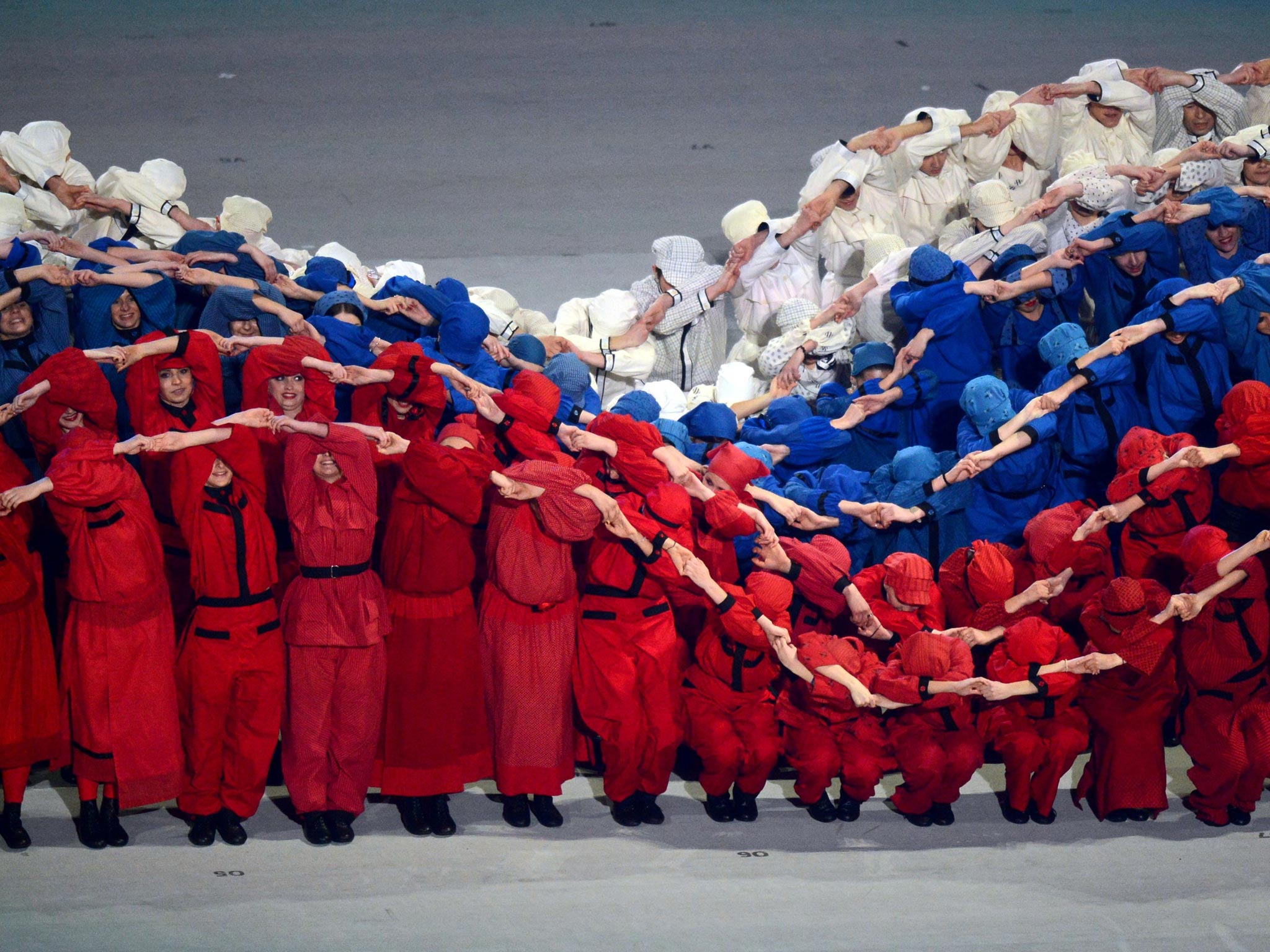Winter Paralympics 2014: And the gold medal for skiing full pelt downhill with your eyes closed in Sochi goes to...
Susie Mesure introduces the madcap world of Winter Paralympics

Your support helps us to tell the story
From reproductive rights to climate change to Big Tech, The Independent is on the ground when the story is developing. Whether it's investigating the financials of Elon Musk's pro-Trump PAC or producing our latest documentary, 'The A Word', which shines a light on the American women fighting for reproductive rights, we know how important it is to parse out the facts from the messaging.
At such a critical moment in US history, we need reporters on the ground. Your donation allows us to keep sending journalists to speak to both sides of the story.
The Independent is trusted by Americans across the entire political spectrum. And unlike many other quality news outlets, we choose not to lock Americans out of our reporting and analysis with paywalls. We believe quality journalism should be available to everyone, paid for by those who can afford it.
Your support makes all the difference.If you thought that the slopestylers hucking it high above the slopes of Rosa Khutor was as thrilling as armchair sports got this winter then maybe you’ve never imagined skiing in the dark. With your eyes shut.
That’s what it will feel like for visually impaired competitors including Britain’s Kelly Gallagher who will be among those taking to what little snow remains at the Winter Paralympics. Welcome back to Sochi, where despite the rising mercury, 600 athletes from 44 countries – including newcomers Brazil, Turkey and Uzbekistan – will compete for 72 gold medals across five events, starting at 5.45 UK time this morning.
Of Britain’s 15 athletes, 10 will compete in alpine skiing, arguably the scariest to contemplate.
There are five disciplines – downhill, super-G, giant slalom, slalom and super combined – and three categories of racer – visually impaired, standing, and sitting.
Help in understanding the different classifications will be provided by Channel 4 through its LEXI graphical decoder, which debuted during London 2012.
Home-grown excitement starts with the first event, women’s downhill. Gallagher, who follows her guide Charlotte Evans down the course while listening to her instructions, is aiming for gold – which would be a British Winter Paralympic first.
Jade Etherington, who has just 5 per cent vision, will ski with her new guide Caroline Powell. Anna Turney, who broke her back in 2006 while snowboarding, will contest downhill as a sit-skier.
Millie Knight, the youngest team member who turned 15 in January, races the slalom on 14 March with her guide Rachael Ferrier. Our men to watch include Mick Brennan, who will race as a sit-skier in the super-G tomorrow, and fellow sit-skier Ben Sneesby, in the slalom on 13 March.
The big first this year is snowboarding, which makes its debut with snowboard cross. Expect the Americans to dominate the event.
Team GB has five competitors in wheelchair curling – Aileen Neilson, Gregor Ewan, Bob McPherson, Angie Malone, and Jim Gault – a mixed-team sport with four players that begins today with a match against Canada. As with its able-bodied equivalent, the aim is to slide stones with handles across the ice, aiming for a target called the house. Expect fewer housework gags: there is no sweeping in this version.
Back on the snow prepare for some astonishing feats in cross-country skiing, with distances ranging from 1km to 20km.
Spectators will have the chance to be astonished by American competitor Tatyana “The Beast” McFadden, who is racing after just 50 days’ training on snow. The US athletics star made the switch after winning every wheelchair title going, from the 100m to the marathon. McFadden is returning to the country of her birth too: she was adopted aged six from a Russian orphanage in St Petersburg.
And then there’s biathlon, which as you might remember from the Winter Olympics, combines cross-country skiing and target shooting.
But consider this: apparently not being able to see the target is no impediment to competing. Athletes with visual impairment have instead to listen to acoustic signals, which depending on how loud they are indicate when they are on target. And remember, each miss is penalised by an increase in the overall route time.
The final event is perhaps the most visually electrifying if also the most sexist: sledge hockey. Although women happily play ice hockey, sledge hockey at the Paralympics is one for the men only. They play sitting on special sledges, which allows the puck to whiz underneath.
Join our commenting forum
Join thought-provoking conversations, follow other Independent readers and see their replies
Comments